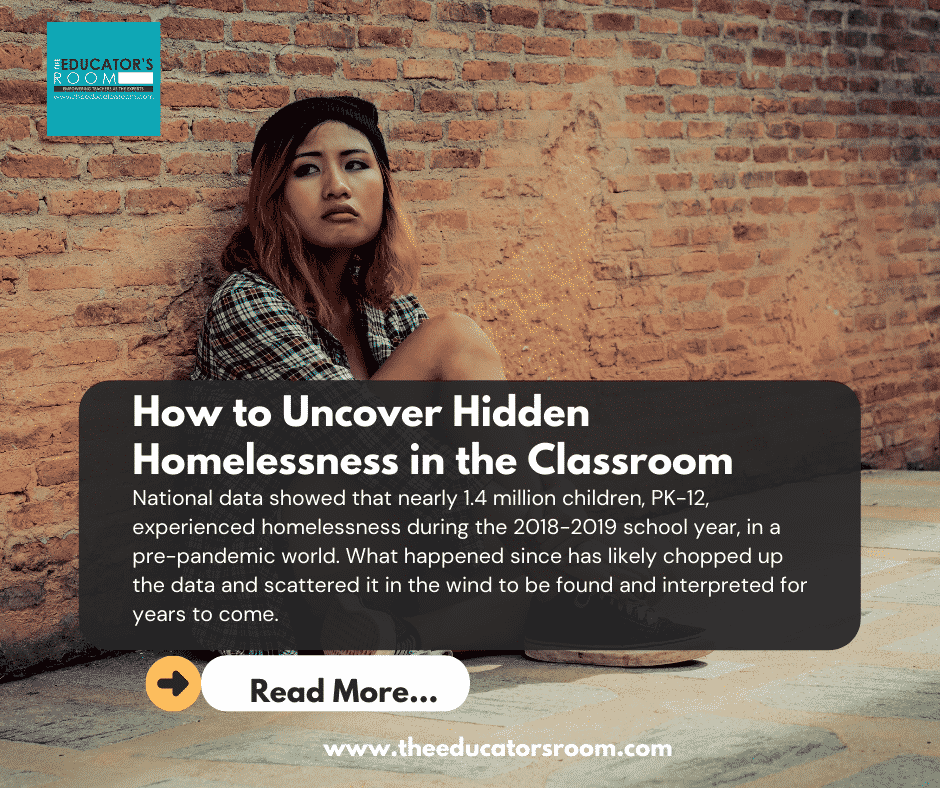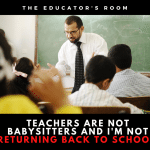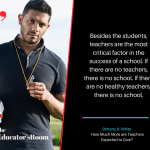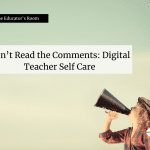Tornadoes, wildfires, evictions, and rising housing costs displace families in ways previously unknown in our communities. National data showed that nearly 1.4 million children, PK-12, experienced homelessness during the 2018-2019 school year, in a pre-pandemic world. What happened since has likely chopped up the data and scattered it in the wind to be found and interpreted for years to come.
If we can find them, we can serve and retain them.
Amy Bradley
Homelessness is a broader issue than many educators realize. The Housing and Urban Development (HUD) definition of homelessness differs from the educational definition under the McKinney-Vento Educational Assistance Act. Homelessness, in education, includes those living with others (aka “doubled up” or couch surfing), those in hotels due to a housing loss, as well as the more recognizable forms of living in shelters, cars, or uninhabitable spaces.
Homelessness has a profound effect on students and learning, no matter the form it takes. Also, many families experience multiple forms of homelessness over the course of even one school year, by going into a shelter, then to a hotel, and maybe into the housing of a friend or family member. Even rural and urban homelessness, which may look different due to geography, share the devastating effects that the experience has on education and life.
What can one educator do to help?
Identify students who may be experiencing homelessness. Although we don’t yet know the full effect that the pandemic has had on families experiencing homelessness, many districts are reporting lower numbers of homeless families since the spring of 2020. However, the prevailing belief is that more families are actually homeless than ever but that Covid presents barriers to identification and assistance. You may hear that a student is in a hotel or living somewhere new with a family member. You may see them carrying their things in trash bags or notice that they sleep in class when they didn’t before. Learn what you can and see what other staff members know. If we can find them, we can serve them and retain them.
Find your Homeless Liaison.
When you learn that a student is facing homelessness, what do you do? Your district has a Homeless Liaison, and some larger districts even have a department that assists the Liaison. This includes charter schools and most PK-12 public learning institutions. Find your liaison on your district’s website or by searching for your state’s coordinator here. They keep data that is reported at the state and federal levels to know the needs of each area, but more immediately, they can help stabilize education for children while addressing change.
Benefits to Knowing When a Student is Experiencing Homelessness:
The McKinney-Vento Act requires districts to allow a student to stay in their school of origin and transport them, even when the address changes during a school year if that is in their best interest (and it often is). Under McKinney-Vento, students get extra assistance for graduation and post-secondary options, access to school meals, waived fees, and referrals for their families. It doesn’t need to be common knowledge among all staff, but key connections can make a world of difference. And as a school, knowing more about the student body gives us access to resources to feed, retain and educate the more vulnerable students.






